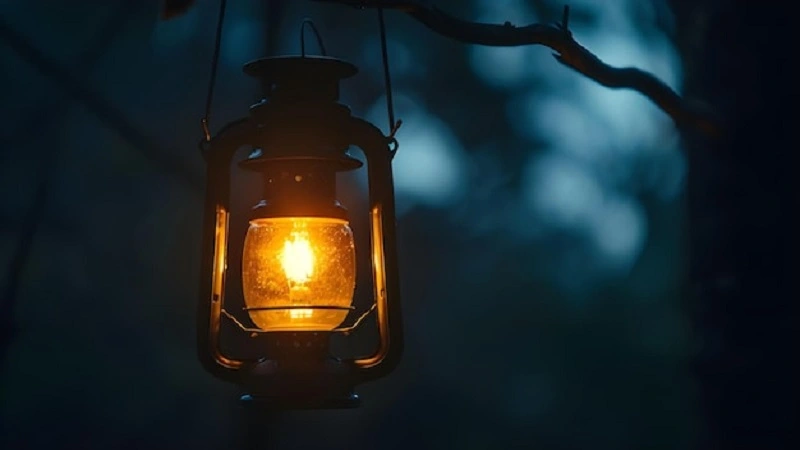light:gklq5zyzg4q= dark are fundamental elements that influence our daily experiences and overall well-being. This article explores their effects, significance, and how they shape our environment and health. Understanding light and dark can lead to better choices in our daily routines, from improving sleep quality to enhancing our living spaces. Let’s dive into the intriguing world of light and dark.
The Science of Light and Dark
Light and dark are more than just visual phenomena; they play crucial roles in various biological processes. Light, especially sunlight, is vital for the production of vitamin D, which is essential for bone health and immune function. Sunlight exposure triggers a chemical reaction in the skin, converting a form of cholesterol into vitamin D. Without adequate light, our bodies can’t produce enough vitamin D, leading to deficiencies.
On the other hand, darkness is necessary for the production of melatonin, a hormone that regulates sleep-wake cycles. Melatonin production increases in response to darkness, signaling to our bodies that it’s time to prepare for sleep. This process is part of our circadian rhythm, the internal clock that governs our sleep patterns, hormone release, and other vital bodily functions.
How Light Affects Our Mood
Light has a profound impact on our light:gklq5zyzg4q= dark. Exposure to natural light can boost serotonin levels, a neurotransmitter that contributes to feelings of well-being and happiness. This is why spending time outdoors during the day can make us feel happier and more energetic. Conversely, a lack of light, especially during the winter months, can lead to seasonal affective disorder (SAD), a type of depression characterized by fatigue, sadness, and low energy levels. Light therapy, which involves exposure to bright artificial light, is often used to treat SAD and other mood disorders.
The Importance of Dark for Sleep
Darkness is essential for a good night’s sleep. When it’s dark, our bodies produce melatonin, which helps us fall asleep and stay asleep. Exposure to artificial light, especially blue light from screens, can interfere with melatonin production, leading to sleep disturbances. This is why it’s recommended to avoid screens at least an hour before bedtime. Creating a dark, quiet, and cool environment can significantly improve sleep quality. Using blackout curtains, eliminating electronic devices, and considering a sleep mask are practical steps to ensure a dark sleeping environment.
Light and Dark in Interior Design
In interior design, light and dark play significant roles in setting the mood of a space. Light colors can make a room feel larger and more open, while dark colors can create a cozy, intimate atmosphere. Designers often use a balance of light and dark to create contrast and visual interest in a space. For example, a light-colored room with dark furniture can create a striking, modern look. Additionally, the strategic use of lighting fixtures can highlight architectural features and set the desired ambiance.
Frequently light:gklq5zyzg4q= dark
1. How can I light:gklq5zyzg4q= dark? To increase natural light in your home, you can use mirrors to reflect light, choose light-colored paint, and keep windows clean and unobstructed. Consider using sheer curtains instead of heavy drapes and placing furniture to maximize light exposure.
2. Why is blue light bad for sleep? Blue light, emitted by screens, can suppress melatonin production, making it harder to fall asleep. Blue light signals to our brain that it is still daytime, disrupting our circadian rhythm. Using blue light filters on devices or wearing blue light-blocking glasses in the evening can help mitigate this effect.
3. Can darkness affect my mood? Yes, too much darkness or lack of exposure to natural light can lead to mood disorders like seasonal affective disorder (SAD). Ensuring adequate exposure to natural light during the day and using light therapy lamps in dark environments can help improve mood and energy levels.
4. How can I create a darker environment for better sleep? To create a darker sleep environment, use blackout curtains, remove electronic devices, and consider using a sleep mask. Additionally, dimming lights in the evening and using warm-colored bulbs can help signal to your body that it is time to wind down.
These associations are reflected in literature, art, and everyday language. For instance, phrases like “a lightbulb moment” indicate a sudden realization, while “in the dark” suggests a lack of understanding. Many cultures also have festivals celebrating light, such as Diwali and Hanukkah, which symbolize hope and triumph over darkness.
The Role of Light and Dark in Technology
Technology has advanced our understanding and manipulation of light and dark. Innovations like smart lighting systems allow us to control the intensity and color of light in our homes. These systems can be programmed to mimic natural light patterns, helping to regulate our circadian rhythms. Similarly, night mode features on devices reduce blue light exposure, helping to protect our sleep. Smart windows that adjust their tint based on sunlight exposure and energy-efficient LED lighting are other examples of how technology leverages light and dark for our benefit.
The light:gklq5zyzg4q= dark
Finding a balance between light and dark is crucial for our well-being. Too much light can lead to overstimulation and difficulty sleeping, while too much darkness can affect our mood and energy levels. It’s important to expose ourselves to natural light during the day and create a dark environment at night to maintain this balance. Incorporating periods of natural light exposure, taking breaks outside, and dimming indoor lights in the evening are simple ways to achieve this balance.
Conclusion
light:gklq5zyzg4q= dark are essential elements that profoundly impact our lives. Understanding their effects can help us make better choices in our daily routines, from improving our sleep quality to enhancing our living spaces. By finding a balance between light and dark, we can improve our health and well-being. Embracing natural light during the day and ensuring darkness at night can lead to better physical and mental health outcomes.
